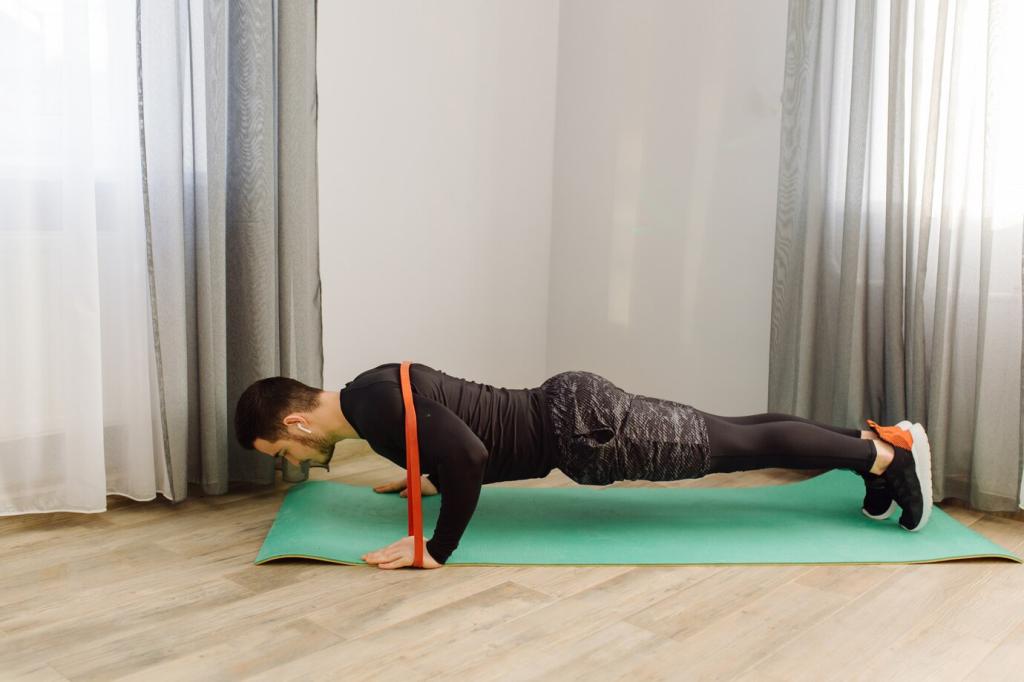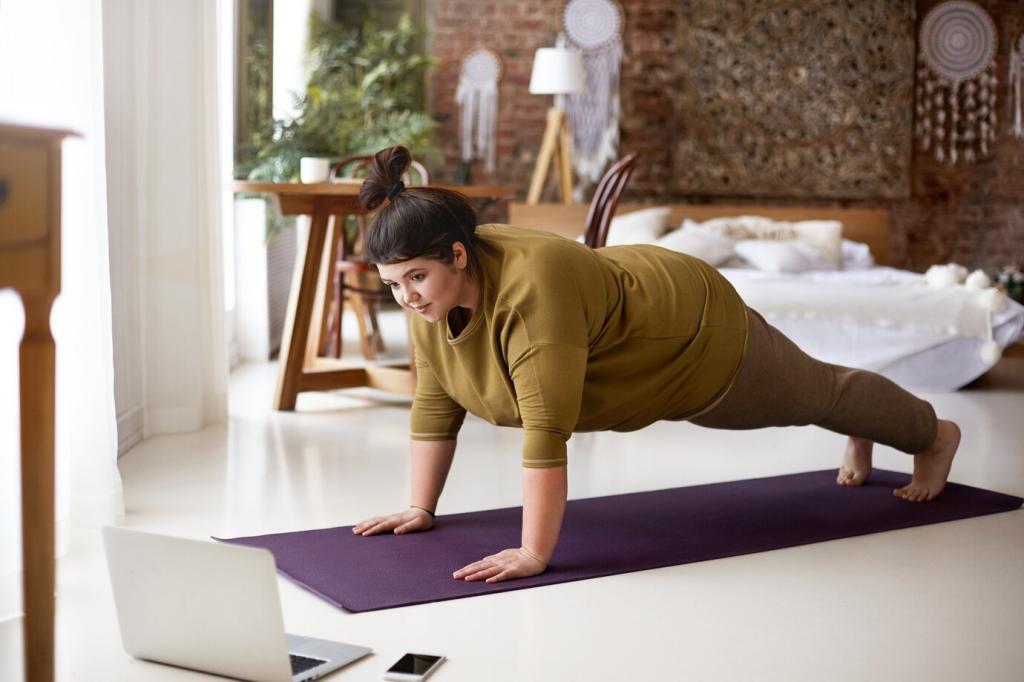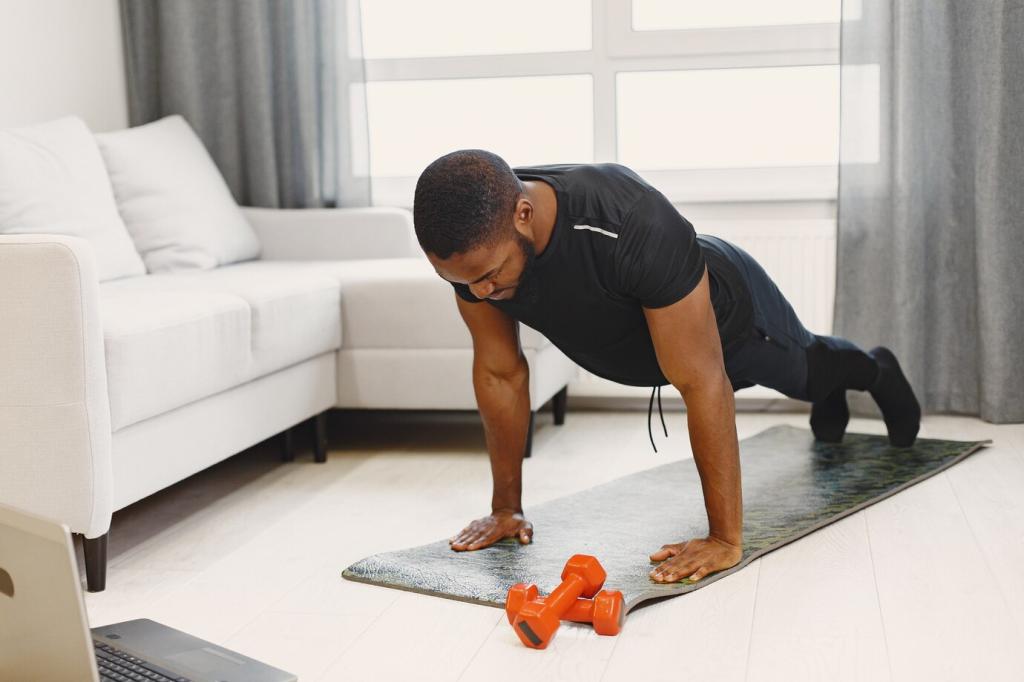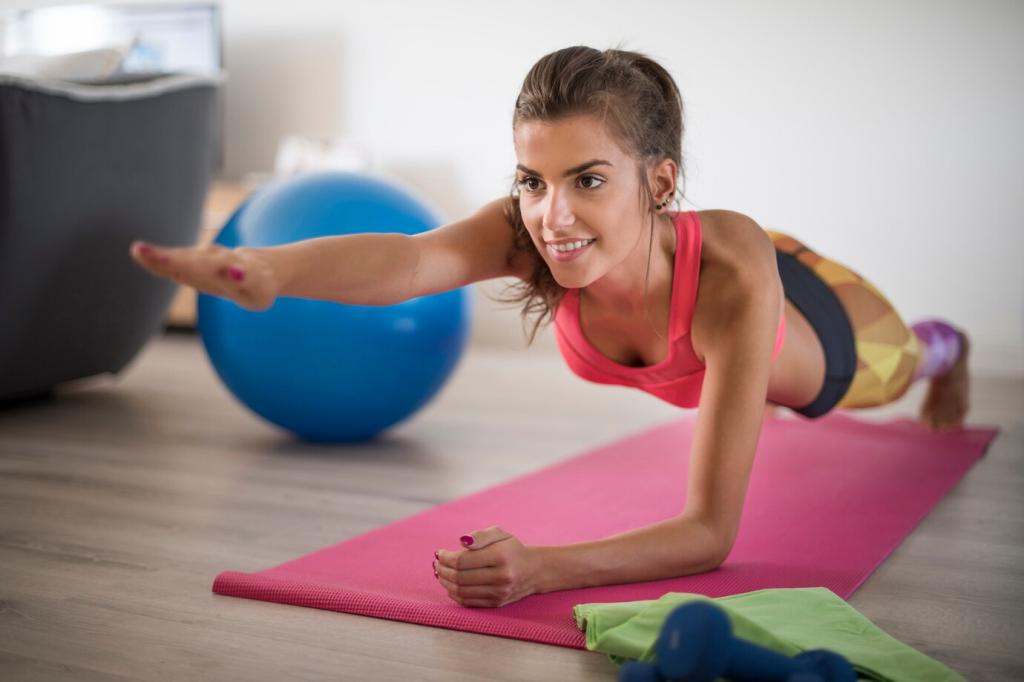Start at the Right Intensity
During cardio, aim for a pace where you can talk but not sing—moderate intensity. For strength, try an RPE of four to six out of ten, finishing sets with two comfortable reps left. This keeps energy high and recovery smooth.
Start at the Right Intensity
Spend five minutes on dynamic moves—arm circles, leg swings, light marching—then finish with slow breathing and gentle stretches. Simple rituals prevent stiffness, tell your brain it’s go-time, and help you transition back to daily life.





